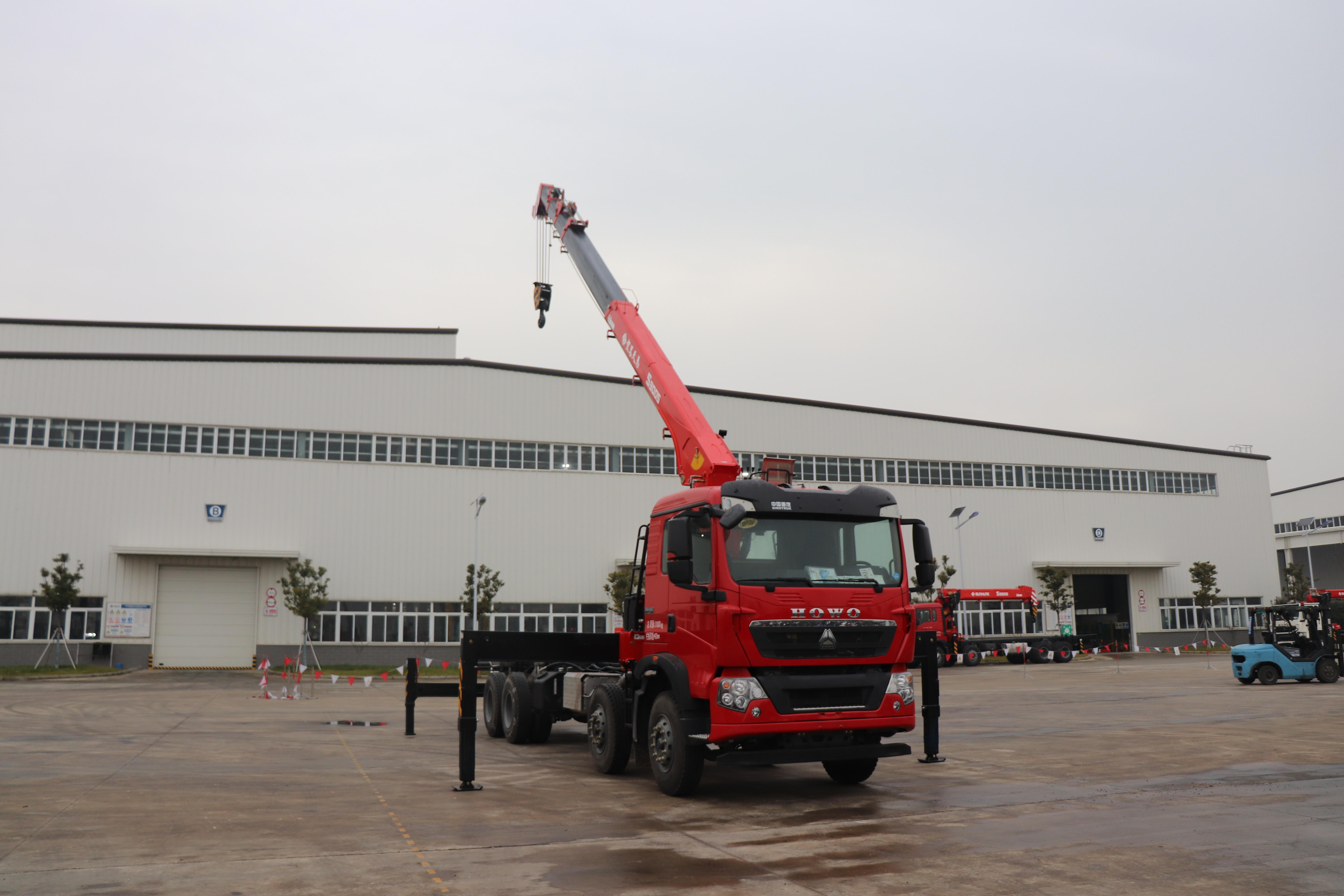- PRODUCTS
- SOLUTION
- SERVICE
- NEWS
- ABOUT US
Lorry cranes include hydraulic cranes lifting up to 10 tons, medium cranes handling 5–15 tons with 25-meter reach, and telescopic cranes extending 60 meters to lift 20 tons. For example, telescopic cranes install high-rise windows in two hours, optimizing efficiency by 30% over traditional models.
Hydraulic lorry cranes are also powered by hydraulic systems and are powerful and accurate in their lifting. These cranes are most commonly used in cities due to the lack of space. For instance, in the construction of buildings, it is used to lift steel beams weighing 10 tons or more, especially in cities due to the maneuverability of these cranes. Hydraulic cranes can lift loads to 20–40 meters depending on their specifications.
Efficiency in hydraulic systems means smooth operation and saves up to 30% in operation time compared to conventional winch-based systems. Hydraulic cranes have an average annual maintenance cost of approximately $2,000, which is relatively inexpensive compared to other types of cranes that boast similar capacities. When selecting a hydraulic lorry crane, take into consideration the vehicle's overall weight capacity, which is usually between 15–60 tons.
Medium lorry cranes are versatile, intended for medium loads, and have a field capacity that usually hits the bracket of 5 to 15 tons. These cranes are common in logistics industries for lifting equipment such as HVAC units, which might weigh about 7 tons. For instance, a medium lorry crane is able to load and unload 12 units of HVAC systems within an hour with efficiency, hence making the pace of the operations considerably faster.

The medium lorry cranes have a reach of up to 25 meters. About the operations cost, this is considered an economical type as their average fuel consumption during heavy operation is about 20 liters per hour. For purchase, one may look to spend about $75,000 minimum and hence provides a fairly decent option for a mid-scale enterprise. This is mostly a remote control large-type crane used in most of the construction and logistical processes.
Telescoping boom cranes are designed with extendable booms, which have unequalled reach and flexibility. These types of cranes are quite effective for infrastructure projects like the construction of bridges, which requires lift heights as high as 60 meters. A telescoping crane can be used to lift huge weights, reaching up to 20 tons to remarkable heights - just what one needs to install tall signage or high-rise windows.
Telescopic cranes are mainly useful for operations that require precision. For instance, placing prefabricated building panels weighing 8–12 tons can be finished in less than two hours, saving not only time but also labor costs. These cranes cost in a range from $100,000 to $300,000, depending on the reach and lifting capacity. Their average operational speed is 30% higher compared to knuckle boom cranes for high productivity in projects where time is of essence.